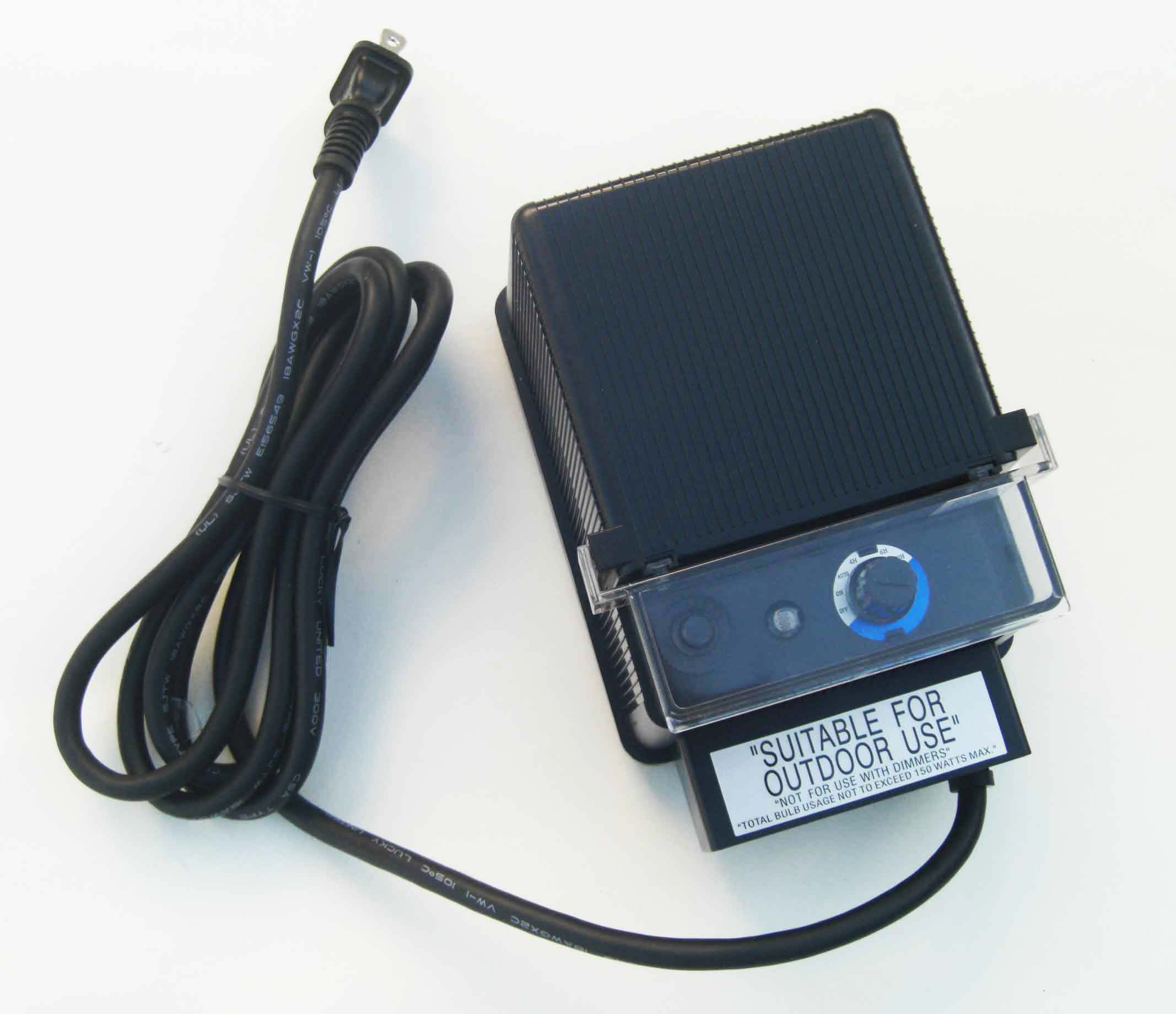
The polarity of these wires is not important either wire on the output side of the transformer may be connected to either wire of the low voltage circuit. These wires supply power to your low voltage circuit. The other side of a transformer is the “output” side and has two similarly colored wires, like two red or two blue wires. Sometimes your transformer will also have a green wire that should be attached to “ground”. Always remember to connect the colors: white wire from the transformer to the white wire from the house (white is usually the neutral wire) and the transformer’s black wire to your home’s black wire (typically the hot wire). On one side, often called “input”, there is usually a white wire and a black wire to connect to the main power or line voltage coming from your home. The transformer has at least four wires attached to it. To hardwire a low voltage transformer, the main power should be turned off at the breaker panel before making any electrical connections. outlet) is GFCI rated to protect against electrical shorts and covered with a weatherproof cover. If the transformer is a plug-in model, make sure your outdoor receptacle (i.e. The transformer should be at least one foot above ground level. You can mount the transformer to the side of your home or use a 3-foot, weather-treated wood post or 2x3 stake. Keep in mind if you need to position a photocell on the transformer then it may need to face a particular direction. Position your transformer close to where you will connect it to the main power.

Try to run wire about one foot from the edge of a sidewalk or pathway. String the wire under or around obstacles like fences or shrubs. Allow about three extra feet of wire as leeway for when you begin to bury or splice your wiring. Multiple straight runs in several directions, a tee connection run, or a looped run are the recommended layouts to reduce voltage drop issues. Load side transformer wires tend to be the same color and only connections from the transformer to the main are different insulation colors to denote the hot from the neutral wire. This layout can be tricky since you need to be extremely careful not to cross the wire, meaning mix up which wire end was connected to which wire on the load side of the transformer.

#12V LANDSCAPE LIGHTING FULL#
Loop – This is a series run but instead of ending the wire at the last fixture, you arrange it so the wiring comes full circle, making a big “loop” back to the transformer. Split Tee – Basically multiple tee runs, all to one transformer. Make sure to use heavier gauge wire like 10 or 12 or a double run of wire to form the center leg of the “T”. Tee – If you need to run wire for a lengthy distance like under a sidewalk or driveway, a tee run places the transformer at the end of the center for the “T” while the legs spread out on either side. Split – Multiple series single runs wired back to one transformer is known as a split run. The wiring is an easy, single run with lights located along the length of the wire. Series – Also known as a “daisy chain”, series is the most common layout but also the most likely to incur voltage issues. Here are 5 general lighting layouts for landscaping: Your first fixture should maintain about a 10-foot distance from the transformer to prevent it from getting too much voltage and burning out prematurely. Your transformer should be centered in your layout in case you have to wire more than one line, i.e.
#12V LANDSCAPE LIGHTING INSTALL#
Once you’ve chosen a place to install your transformer near your home, then key thing to remember is avoiding voltage drop. Step 1 – Lay out your fixtures and landscape wire PVC pipes, couplers, and caps (to weatherproof connections to path lights) Weather-treated wood post for your transformer Wire clips and stainless steel screws (for mounting cables to trees) Weatherproof cover for your GFCI outlet (if your transformer is a plug-in model) Weatherproof wire nuts (with sealant in them) There are also these optional materials, which are dependent on your lighting layout or preferences:Ī timer or photocell (if it’s not already built into the transformer) This post is step-by-step instructions for installing your lights.Īs a recap, you’ll need these materials to install your lights:ġ2-Volt landscape lighting fixtures of your choiceġ2-Volt, outdoor- rated transformer (rated for at least the total wattage of your fixtures)ġ00 feet or more of 10- or 12-gauge landscape wire (listed for direct burial)

Part 1 of our guide explains which materials you need, what kind of low voltage options you have, and a few tips on where to place your fixtures. Low voltage landscape lighting is a breeze with the right fixtures and a plan to place them.


 0 kommentar(er)
0 kommentar(er)
